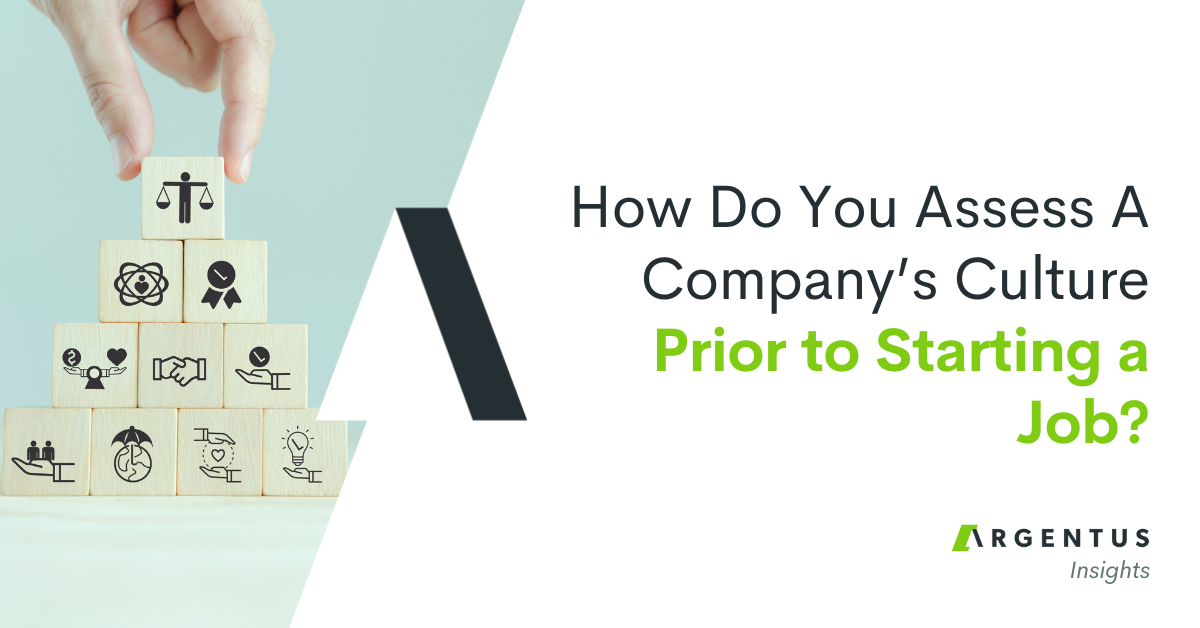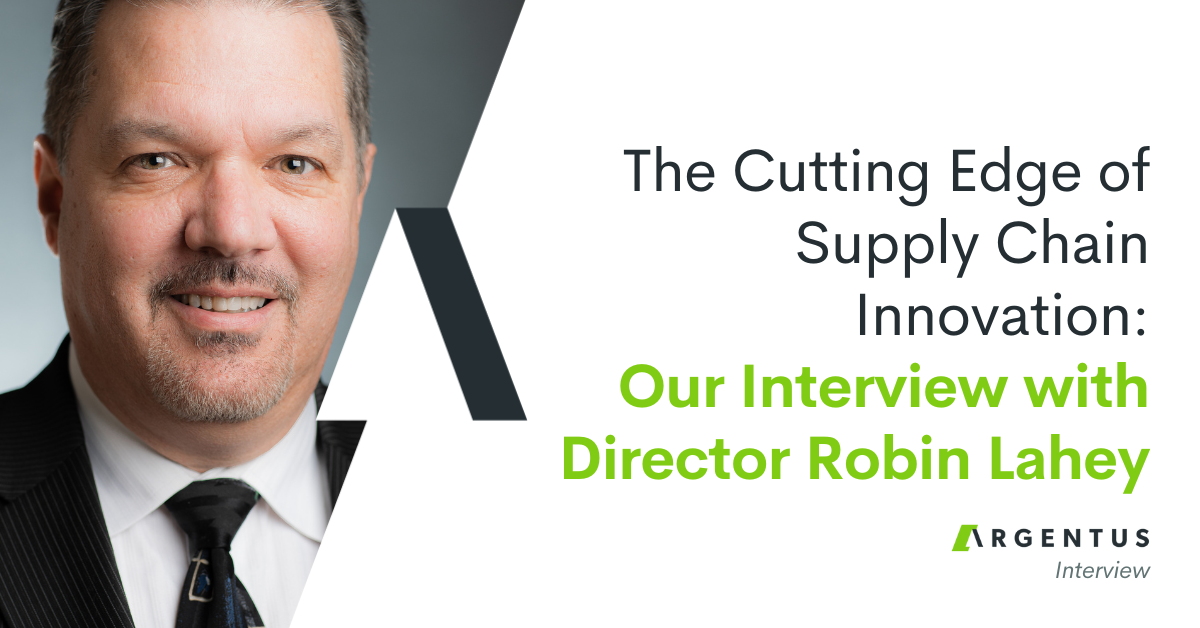A recent industry survey showed that hiring the best talent was the biggest challenge for Supply Chain executives. Here are the key challenges we’re seeing on the ground.
Hiring in Supply Chain right now is anything but easy. As the most recent Survey of the Supply Chain Professional (conducted jointly by Supply Chain Canada and Supply Professional Magazine) noted, there are an estimated six open Supply Chain positions for every new graduate arriving on the scene with the relevant skills.
Another recent survey – this one by the Materials Handling Institute – asked Supply Chain leaders about their biggest challenges. The biggest challenge they reported? Bigger than customer demands for faster response times, forecasting, and instituting transparency along the Supply Chain? You guessed it:
The biggest challenge was hiring.
The MHI report – and our blog post about it – offers some perspective on why this is the case. But we wanted to write this follow-up to drill into some of the biggest specific challenges that companies are having, and what’s causing them. In short, there’s a huge and rising demand for people with the right Supply Chain skills, and supply for these professionals isn’t keeping apace. But like any intractable challenge, it’s more complicated than that.
We’re recruiters with boots on the ground in the industry. We spend every hour of the day working with our client partners in industries as diverse as Manufacturing, Food Production, Services, Public Sector and more, exclusively for these roles. We work on some of the hardest, most niche-specific positions they have. The roles that have been open for two months, where the client has tried everything, and comes to us knowing we can fill it.
Of course, we work on the easier positions too – although no position is exactly easy to fill in this market.
From our perspective, these are the biggest specific challenges that companies are having hiring right now:
Game-changing digital skills are hard to find.
As the MHI report outlined, digital skills have become crucial to Supply Chain organizations looking to gain an edge, and those are the hardest skills to find. Over the past decade, skills like understanding of ERP systems (e.g. SAP, JDE, Manugistics) as well as expertise with Procure-to-Pay systems (e.g. Ariba and Coupa) gained increased prominence, but they’re now seen as table stakes as most sophisticated Supply Chains have already undergone digital transformations. Now, companies are seeking individuals with skills in automation, robotics, cloud computing, IoT, machine learning and other emerging technologies to help transform their Supply Chains for the next 10 years. Those skills are incredibly hard to find, and that’s a significant hiring challenge.
Soft skills are becoming more important than ever, but they’re still hard to find.
As we’ve heard in almost every one of our recent interviews with Supply Chain executives, soft skills are the key differentiator for whether Supply Chain professionals can make a true impact at their organizations.
As Michael Tan, the former Executive Director of B.C.’s Liquor Distribution Branch’s Cannabis Division put it in our interview, “Supply Chain is truly the only cross-functional field in business, and from that perspective, there’s really no limit to its scope.”
We couldn’t agree more. Empowered Supply Chain professionals are better equipped than almost any function to break down silos and conduct organizational transformation. But to do so, those people need to have key soft skills like business acumen and emotional intelligence, in addition to the analytical skills that have been a hallmark of the profession for decades. It’s a unique combination, and organizations are struggling to find the truly impactful individuals who balance both sides of that equation. In the words of Taras Korec, former SVP of Supply Chain at Parmalat Canada and current SVP of Procurement and Logistics at HEXO Corp, “It’s hard to find leaders who have the ability to shift their focus from strategic thinking right down to the tactical fundamentals – and back up.”
Candidates are often fielding multiple offers, and companies might not realize it.
Ironically, one of the biggest difficulties in Supply Chain hiring is that many companies still don’t realize how difficult it is. Too many companies are still working under a mindset from a few years ago, where jobs were in short Supply. But in this market, when the top candidates hit the market, it doesn’t take long for them to field multiple opportunities at once – and many companies lose out because they assume they’re not competing with those other offers.
From our perspective on the ground, time to hire can be one of the biggest barriers to success. You schedule an extra interview stage, wait for a certain stakeholder to get back from vacation, and next thing you know it three weeks have passed and the candidate you were keeping warm just took an offer elsewhere. That’s why we advocate streamlining the hiring process as much as possible: when you identify a strong candidate, bring them to meet with key stakeholders and their direct reports, and try to get them an offer before another company does.
Companies are relying on job boards and more new high-tech hiring solutions that don’t always produce results.
Automated hiring systems have become a big business – as any HR person can see by the flood of emails to their inbox. Some solutions promise to automatically find candidates. Others post jobs to job boards to build a massive haystack of unsuitable resumes, then use flawed methodology to try to find the needle in that haystack. Some companies are selling voice recognition algorithms to test someone’s competence by their speech patterns – and other futuristic claims.
Companies invest in these technologies because they promise big results. Some have their uses, and AI-based hiring will be a big deal some day, but the technology isn’t there yet. What’s more, few companies measure whether these solutions actually produce results. As Wharton Business School professor Peter Cappelli put it in a Harvard Business School feature, “obsessed with new technologies and driving down costs, employers largely ignore the ultimate goal: making the best hire.”
Companies sometimes fall prey to a sunk cost fallacy when it comes to these solutions. If you’ve invested enough in a platform or technology, you become more invested in continuing to use it, even if it isn’t working – when it’s actually cheaper to cut bait and switch to something that will actually get you the best candidates: working with people who deeply know the market.
Are these the same difficulties you’re experiencing in your Supply Chain organization? Or are there any we’re missing? Let us know.




0 Comments